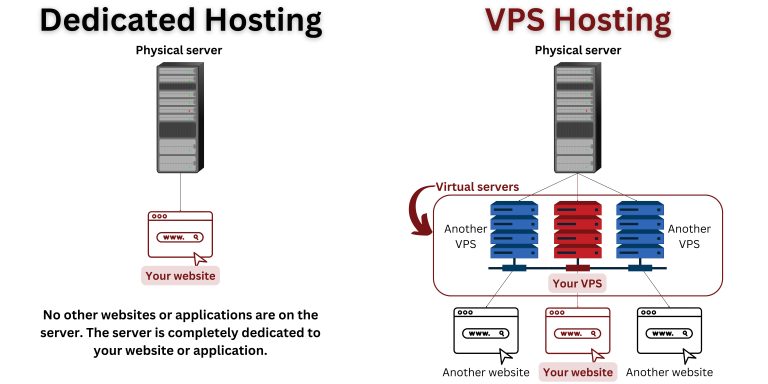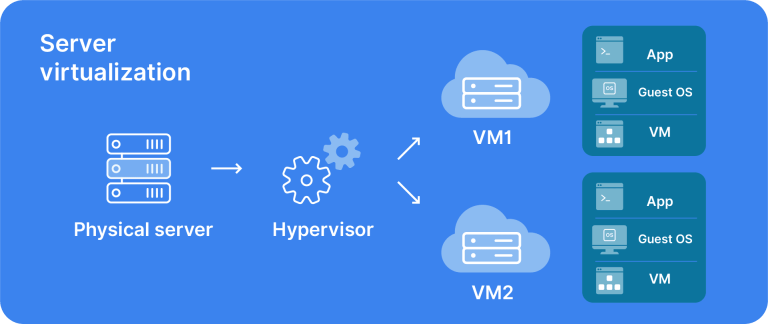Virtual infrastructure refers to a digital server environment created and managed by software. It offers businesses the same capabilities as a traditional physical hosting setup, such as storage and processing power, but without the need for physical upkeep. This infrastructure is typically delivered through a cloud-based service, allowing for rapid deployment and scalability to meet the demands of today’s business needs.
This technology has revolutionized how businesses operate, eliminating the need for physical IT assets and providing reliable computing without the hard costs. Organizations can take advantage of virtual infrastructure for easier management, data optimization, better network access, cost savings, and more stable expenses.
Virtual infrastructure includes several components such as virtual machines (VMs), virtual networks, and virtual storage. VMs are smaller server instances existing within the cloud, partitioned from a parent server using a hypervisor layer. Virtual networks allow users to access server networks from anywhere, providing features like user provisioning and access restrictions. There are different types of virtual networks like VPNs, VLANs, and VXLANs that offer various benefits. Virtual storage allows organizations to combine storage arrays and pool resources, resulting in a massive increase in storage capacity at reduced costs.
Key concepts in virtual infrastructure include virtualization, desktop virtualization, server virtualization, software-defined networking (SDN), and storage virtualization. Virtualization separates services or resources from their physical counterparts using a hypervisor layer on the operating system, allowing for multiple virtual instances or machines.
How virtual infrastructure works involve four main components: the host, the hypervisor, the virtual machine (VM), and the user interface (UI). These components work together to manage and monitor virtual instances, optimize resource usage, and allow IT teams to control access and perform management tasks.
Benefits of virtual infrastructure include cost savings due to reduced IT hardware expenses and internal costs; scalability and flexibility to meet changing customer needs; increased security with additional cybersecurity protection layers; faster response to security threats by quickly shutting down affected machines or network areas.
Organizations can use virtual infrastructure for data centers and server consolidation, virtual desktop infrastructure (VDI), cloud-based services like IaaS, and software development and testing.
In summary, virtual infrastructure provides companies with the means to expand their hosting resources securely while reducing costs. As business needs evolve, so does the ability to scale up or down quickly. Companies like Liquid Web offer services and support for businesses looking to leverage virtual infrastructure for growth and transformation.





